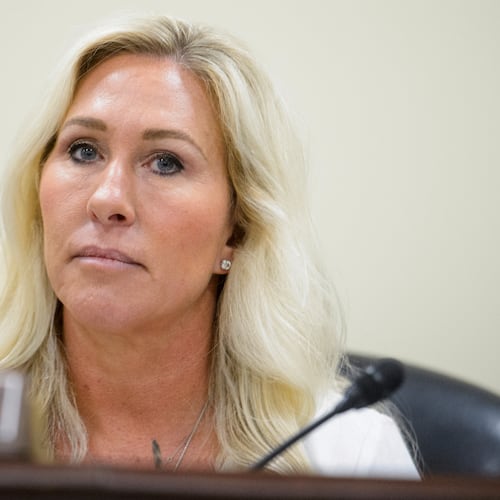Georgia’s salt marsh is disappearing, according to UGA scientists, and climate change is the main culprit.
Researchers at the University of Georgia’s Marine Institute on Sapelo Island used satellite imagery over three decades to show that the amount of Spartina alternifolora, or cordgrass, has diminished by 35 percent.
The recently released study largely blames climate change with its higher temperatures (on land and in the ocean) and prolonged droughts. The loss of vegetation will ripple through the salt marsh ecosystem.
“A decrease in the growth of marsh plants likely affects all of the animals that depend on the marsh, such as juvenile shrimp and crabs, which use the marsh as a nursery,” said Merryl Alber, director of the Marine Institute. “These decreases in vegetation may also affect other marsh services, such as stabilizing the shoreline, filtering pollutants and protecting against storm damage.”
Rising seas, another byproduct of climate change, pushes salt water further inland harming the delicate salt-fresh water balance critical for coastal critters and vegetation. Numerous studies predict a minimum three foot rise of the Atlantic Ocean off Georgia by 2100.
To read the UGA study: www.mdpi.com/2072-4292/8/6/477/htm.
About the Author
Keep Reading
The Latest
Featured


